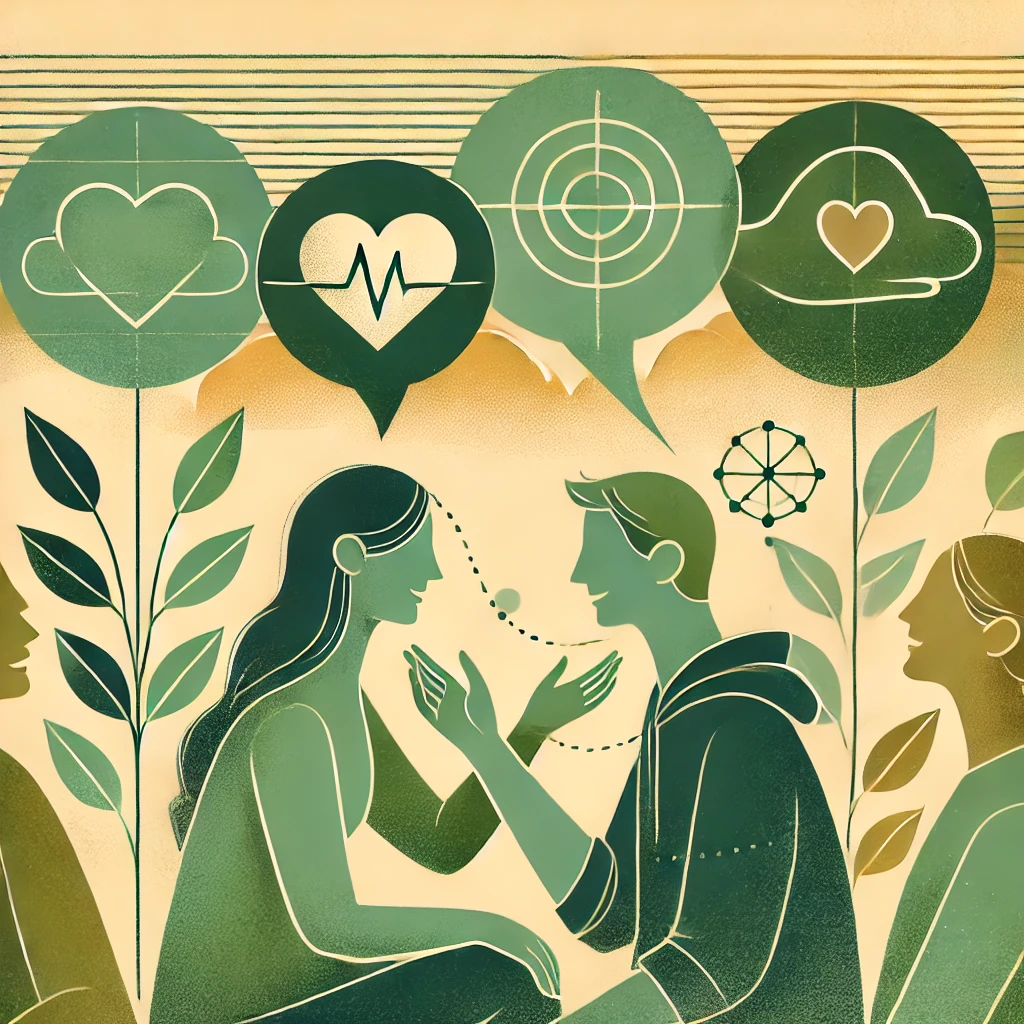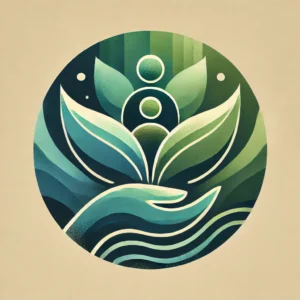Love Languages: Are You Speaking a Different Language?
Have you ever felt like you’re doing everything to show someone you care, but they don’t seem to notice? That’s where love languages come in.
Love languages describe how we express and receive love. Dr. Gary Chapman introduced the concept that there are five primary ways in which people show and receive love:
- Acts of Service – Doing helpful tasks for one another.
- Physical Touch – Ranging from a hand on the shoulder to intimacy.
- Words of Affirmation – Verbal compliments and expressions of appreciation.
- Gifts – Physical symbols of love, whether small or grand.
- Quality Time – Offering focused attention and meaningful conversations.
Understanding love languages can transform your relationship. Acknowledging that everyone expresses love differently paves the way for clearer communication, stronger emotional bonds, and more harmonious interactions. Since love languages can evolve, it’s important to regularly check in with your partner to ensure you’re both on the same page and that your relationship continues to thrive.
Whether you’re in a new relationship or have been with your partner for years, exploring love languages can be a meaningful step toward lasting happiness and mutual understanding.
We tend to show love the way we’ve learned from our past—whether it’s from childhood, family, or earlier relationships. But that doesn’t mean our preferences stay the same. As we grow and experience different relationships, the ways we prefer to give and receive love may change.
One common pitfall in relationships is assuming our partner speaks the same love language we do. You might be showering your partner with compliments, but if their love language is acts of service, they may not feel as connected. This disconnect can lead to:
- Expecting your partner to know what you need without asking.
- Feeling misunderstood.
- Lacking that emotional spark.
- Frustration, resentment, or even arguments over feeling neglected.
The good news? Understanding love languages can change a lot about the way you interact. Once you recognize that everyone shows love differently, you can start communicating in ways that truly resonate. It’s not about changing who you are—it’s about being intentional and aware of what makes you and your close relationships feel loved. And here’s a key tip: love languages can evolve, so it’s important to keep talking about what’s working (and what’s not) as your relationship grows.
Whether you’re just starting out or have been together for years, exploring love languages is a meaningful way to deepen your connection and create lasting happiness. After all, love is about understanding and being understood.



Post Comment